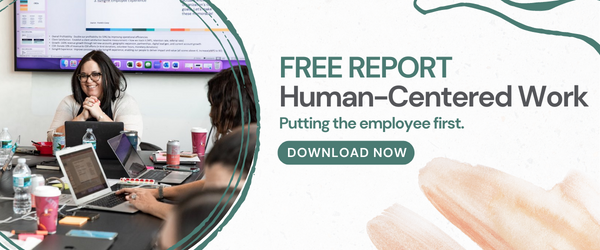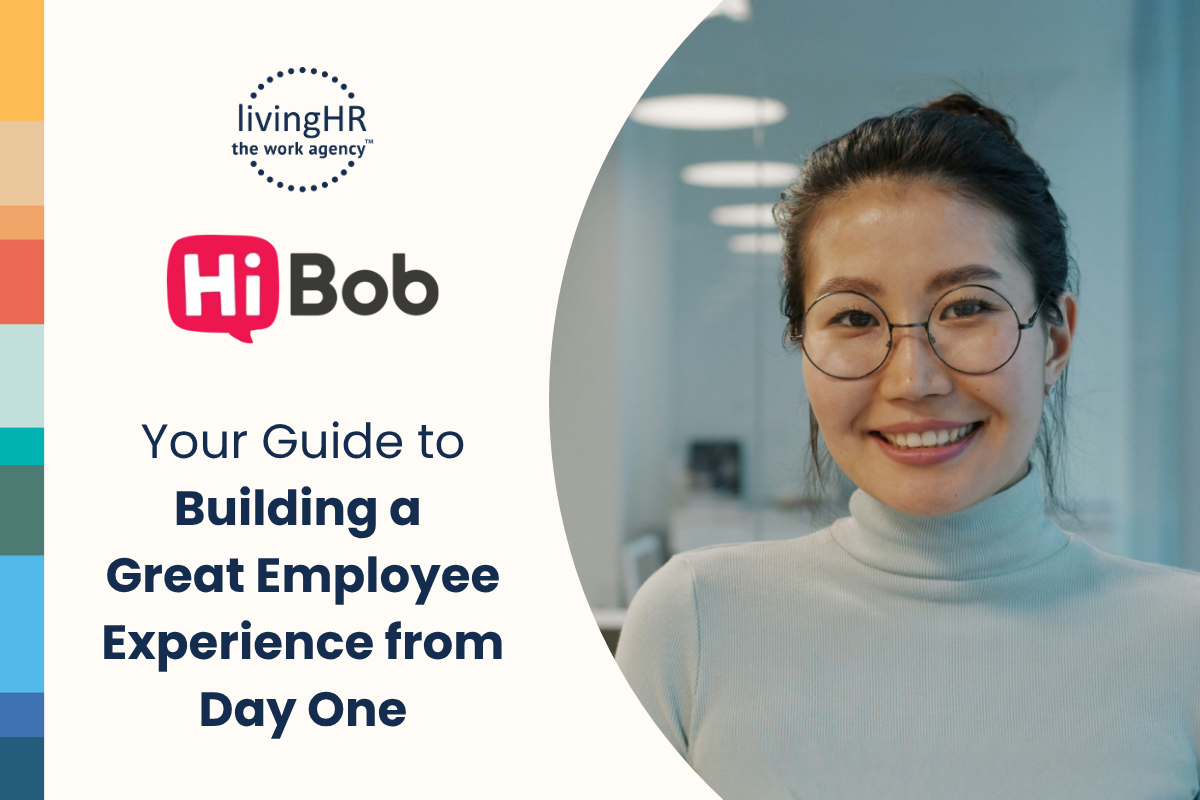According to the United States Bureau of Labor Statistics, the average American spent 8.5 hours working on an average weekday. That means more than 2,210 hours at work in 2022 alone.
That’s a lot of time!
So, enjoying our work and feeling like we are doing something fulfilling is important. Unfortunately, not everyone has that experience. Competing factors around well-being, caretaking, a sense of belonging, and feelings of isolation result in employees disengaging from work because they are not getting the support they need in these areas.
But it doesn’t have to be that way! A focus on humanizing work can combat these challenges. There are things that companies can do to make work more enjoyable for their employees. Humanizing work is a win-win for all involved.
Facilitating Humanization in the Workplace
In today's workplace, creating an environment conducive to human connection is more important than ever. With the rise of technology, there is a risk of employees becoming increasingly isolated from one another. This can lead to feelings of isolation and loneliness, which can impact job satisfaction and productivity.
One way to mitigate this risk is by facilitating humanization in the workplace. This can be done in several ways, such as encouraging employees to take breaks together, hosting regular social events, or creating opportunities for informal interactions. By deliberately promoting human connections, employers can create a work environment that is more enjoyable and productive for everyone. Humanizing the employee experience throughout the talent lifecycle means considering opportunities, rewards, equity, inclusion, voice, communications and connections, meaning, feedback, appreciation, and well-being.
The Talent Crisis
The talent crisis is a major issue facing businesses today. With baby boomers retiring, a large skills gap needs to be filled. The result is that businesses are struggling to find qualified employees to fill open positions. According to the Labor Department, the “Great Resignation” shows no signs of stopping and is actually accelerating. A record 4.53 million employees quit their jobs in March 2022, beating the previous series high of 4.51 million in November 2021.
One way to address the talent crisis is to invest in employee training and development. By providing employees with the resources they need to succeed, businesses can ensure they have a qualified workforce for the future. In addition, businesses should consider offering incentives for employees who complete training and development programs. By taking these steps, companies can address the talent crisis and ensure they have a qualified workforce for the future.
Some other tools to include are compensation reviews and workforce planning to ensure the right people are in the right roles and the organization is structured for future success. Benefits reviews are also great ways to steer your organization in the right direction. Ultimately, pay, benefits, and culture are the driving factors when it comes to retention, and culture actually has a 44% impact!
Expectations Gap
There is a growing disconnect between the expectations of employers and the reality of what job seekers are looking for in their careers. This career expectations gap can leave both sides feeling frustrated and unfulfilled.
Job seekers are looking for more than just a paycheck. They want to find a fulfilling career that offers them opportunities to grow. But too often, they find themselves in boring, repetitive jobs that don't offer any room for advancement. They are looking for growth cultures that are going to provide them with stable careers, and many employers are missing the mark when seeking new hires.
The key to bridging this gap is communication. Employers need to be clear about what they're looking for in an employee, and job seekers need to be honest about their goals and aspirations. Only then can both sides find the path to a successful career.
Employee Challenges
It's no secret that stress takes a toll on our health and well-being. But did you know that it can also impact our productivity at work? According to a 2022 Aptitude Research study, 85% of employees said they were working more during the pandemic. Only 32% of employees reported more flexibility during the study period, and 64% of employees did not feel valued. Add inflation to the mix, and there is no question that workers are feeling stress on many different levels.
There are some things employers can do to help their employees manage stress. For one, employers can provide employees access to resources like mental health support and stress management training. They can also provide resources to help employees deal with fears surrounding inflation.
Additionally, employers can create a culture of openness around stress and encourage employees to discuss their challenges openly. By taking these steps, employers can help their employees reduce stress and improve their overall well-being.
Another challenge for employees is job security. With businesses cutting costs and downsizing their workforce, many workers are worried about being laid off. This can lead to stress and anxiety, which can impact an individual's job performance.
Additionally, employees may be reluctant to speak up about problems or concerns for fear of retaliation. As a result, businesses may not be aware of potential issues impacting their bottom line.
Businesses must create a culture of openness and trust to protect their employees and maintain a productive workplace. Workers should feel confident that they can voice their concerns without fear of reprisal. Businesses should also be proactive in addressing any issues that arise. By creating an open and supportive environment, companies can ensure that their employees feel secure in their jobs and can do their best work.
Humanizing your workplace starts with acknowledging the people you work with and do business with. It means taking every opportunity to recognize and praise those who contribute on a daily basis for their efforts and achievements. Remember that everyone there is a person first and a working person second.
Humanizing work is a great place to start if you’re looking for ways to improve morale at your company. There are many benefits to making work more engaging for your employees, including increased profitability, increased productivity and engagement, lower turnover rates, and fewer sick days.
The great thing is there are so many ways to humanize work, so you can find an approach that fits well with your company culture and budget. By taking steps to humanize work, you can create a happier and more productive workplace for everyone involved.
Read more about human-centered work by downloading our recent report. We analyzed the workplace over the past two years to share critical insights related to human resources management.






